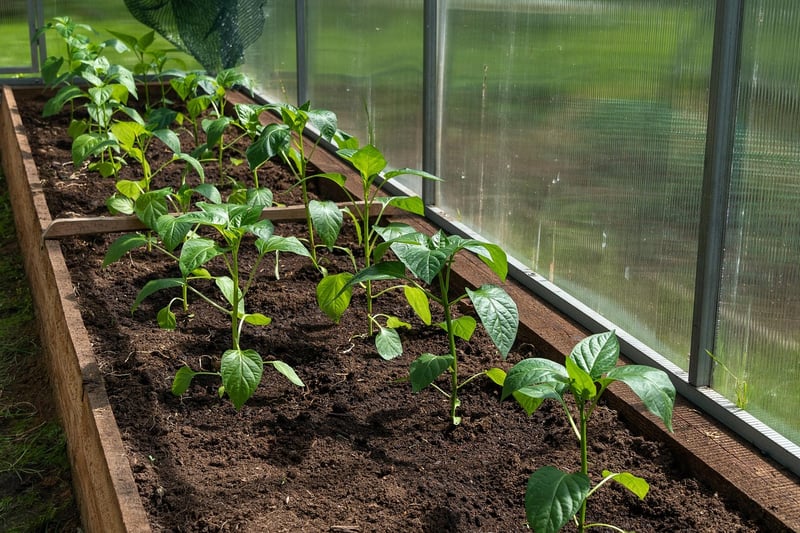Urban Agriculture
The Rise of Urban Agriculture: Revolutionizing Food Production
Urban agriculture is a growing trend that is revolutionizing the way we produce food in cities. With the increasing global population and the need for sustainable food sources, urban agriculture offers innovative solutions to meet these challenges.
Benefits of Urban Agriculture
Urban agriculture brings a multitude of benefits to both urban communities and the environment:
- Provides fresh, locally grown produce to city dwellers
- Reduces the carbon footprint associated with transporting food long distances
- Utilizes underutilized urban spaces such as rooftops, vacant lots, and vertical gardens
- Promotes community engagement and education about food production
- Enhances urban biodiversity and improves air quality
Innovative Techniques in Urban Agriculture
Urban agriculture employs a variety of innovative techniques to maximize food production in limited urban spaces:
- Vertical farming: Growing crops in vertically stacked layers to save space
- Hydroponics: Growing plants in nutrient-rich water without the need for soil
- Aquaponics: Combining aquaculture (fish farming) with hydroponics for a symbiotic system
- Rooftop gardens: Utilizing rooftops of buildings for growing fruits, vegetables, and herbs
Challenges and Future Outlook
While urban agriculture offers promising solutions, it also faces challenges such as limited space, zoning regulations, and access to resources. However, with continued innovation and support from local governments and communities, urban agriculture has a bright future in transforming our food production systems.
Embracing urban agriculture is not just a trend but a necessary step towards creating sustainable and resilient food systems for the future.

Image source: Pixabay
